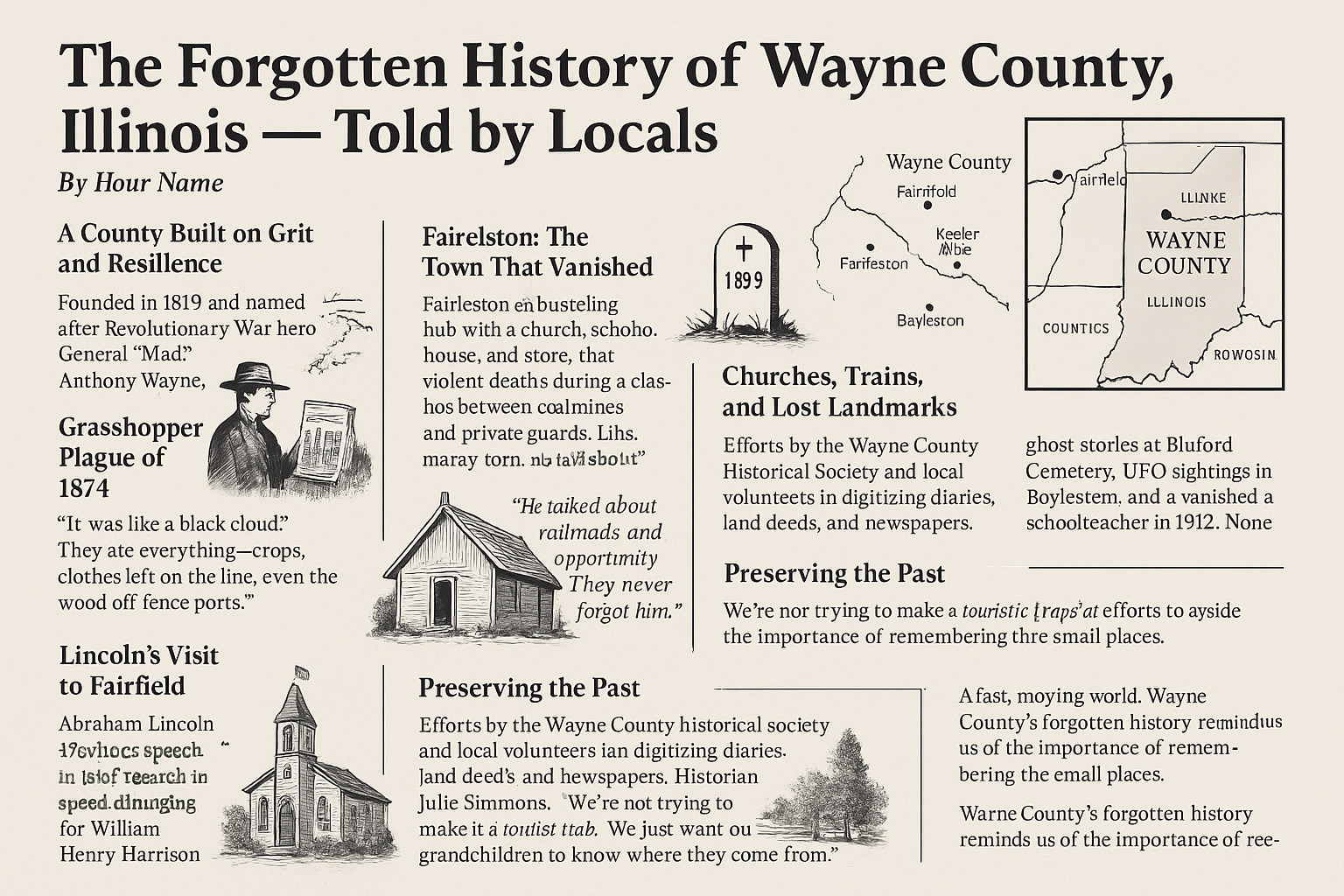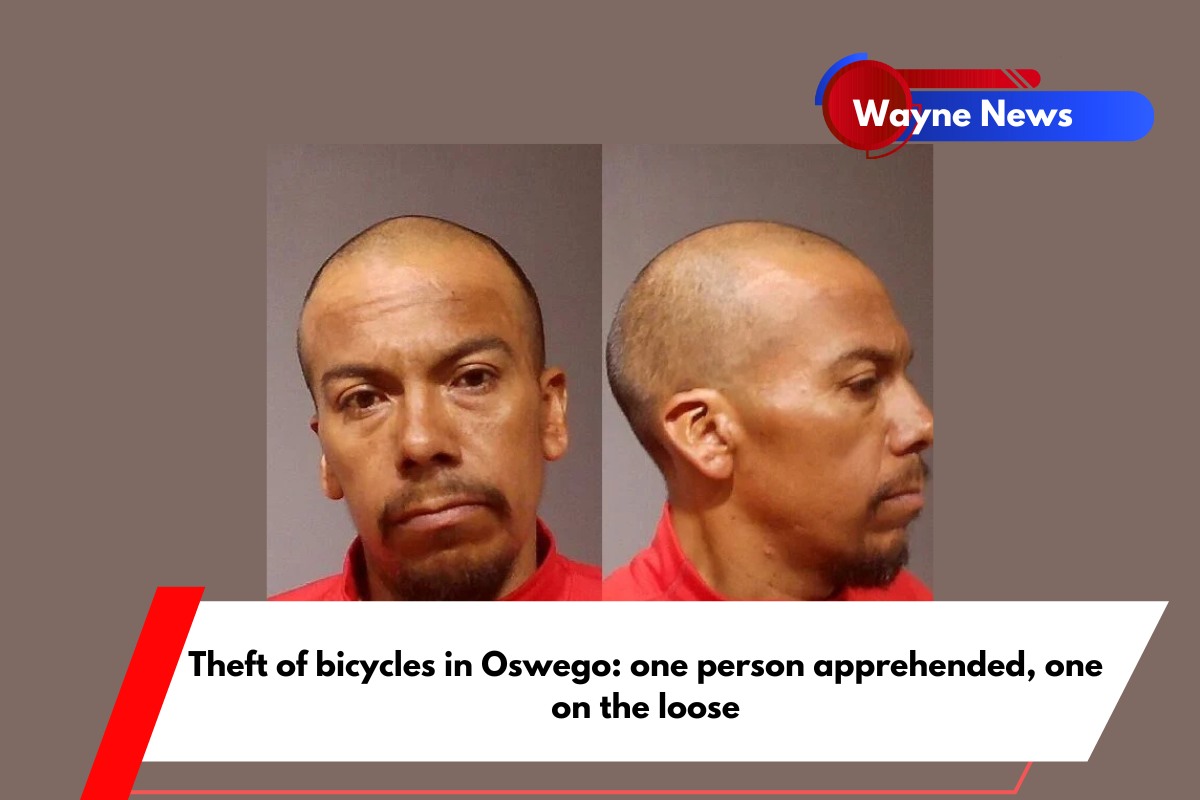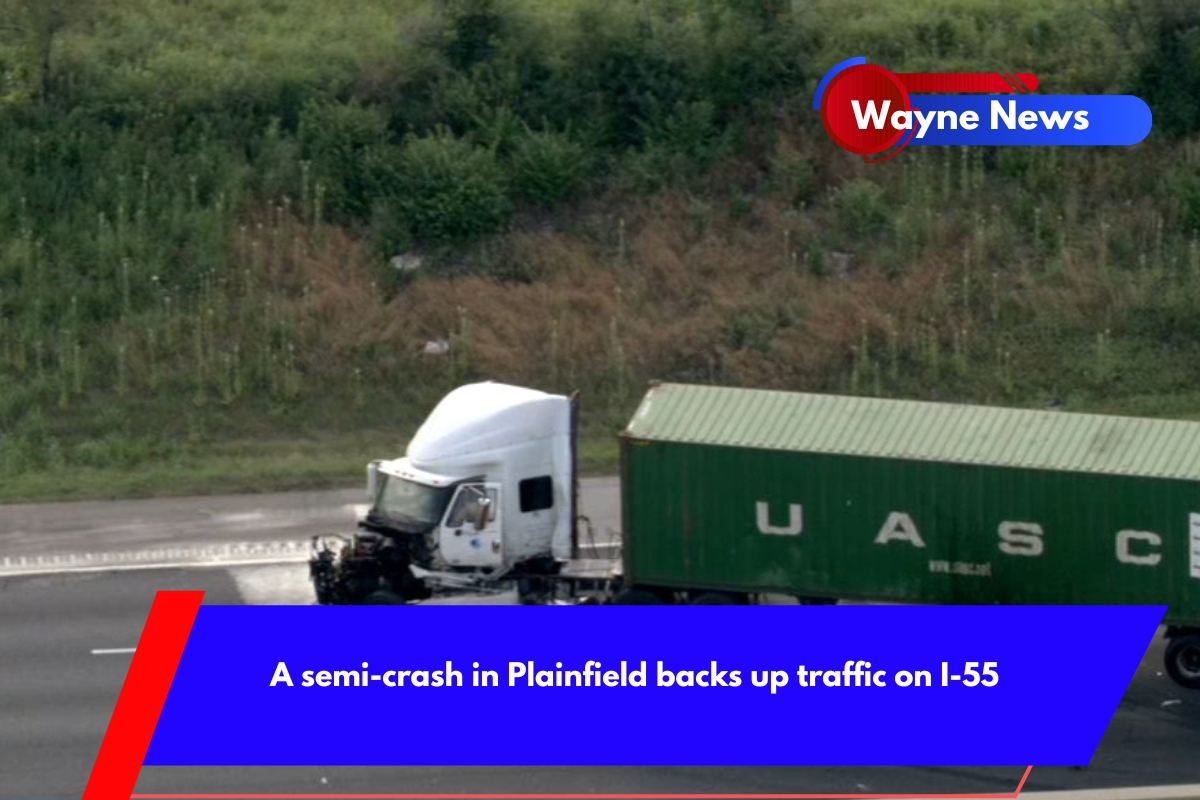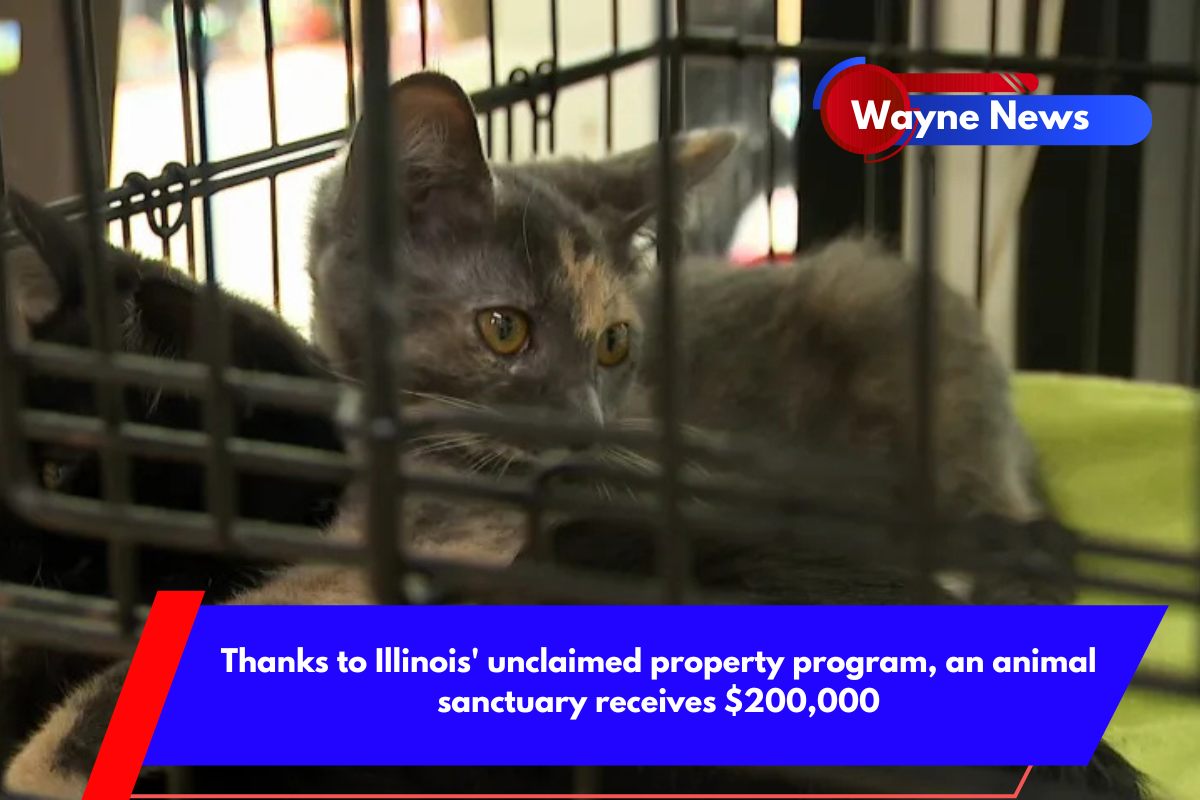In the heart of south-central Illinois lies Wayne County, a place often overlooked in the broader sweep of American history. Largely rural, and bypassed by major highways and industries, this quiet corner of the Midwest holds a treasure trove of stories—rich, poignant, and sometimes strange—that survive only in the memories of its long-standing residents. This is a chronicle not told by textbooks, but by locals whose families have lived here for generations.
A County Built on Grit and Resilience
Founded in 1819 and named after Revolutionary War hero General “Mad” Anthony Wayne, the county quickly became a patchwork of farming communities, coal miners, and devout settlers. But Wayne County’s story is not just about pioneering — it’s about perseverance.
Take the Grasshopper Plague of 1874, for instance. “It was like a black cloud,” recalls Glen Harrelson, 87, whose great-grandfather wrote about the plague in a family journal. “They ate everything—crops, clothes left on the line, even the wood off fence posts.” While many farmers fled, those who remained rebuilt their lives from the dust.
Lincoln’s Visit to Fairfield
One of Wayne County’s most prideful tales is that of Abraham Lincoln’s speech in Fairfield in 1840. Then just a young Whig politician campaigning for William Henry Harrison, Lincoln drew a large crowd near the courthouse. “My great-aunt said he stood on a tree stump,” said Mary Koenig, a local historian. “He talked about railroads and opportunity. They never forgot him.”
Though no photographs exist from the event, the spot is commemorated with a plaque, and older residents still recount the tale as if they had been there themselves.
The Keeler Mine Massacre of 1899
In the southern part of the county near Orchardville, tragedy struck during a labor dispute in what became known as the Keeler Mine Massacre. Though largely lost to the annals of national history, it’s a pivotal memory in Wayne County. Coal miners protesting harsh conditions clashed violently with private guards, resulting in multiple deaths.
Local descendant Ron Massey explains, “They buried the dead quietly. My grandfather said it was safer not to talk about it. But they were heroes to us.”
Fairleston: The Town That Vanished
Once a bustling hub with a church, schoolhouse, and general store, Fairleston is now only a name on old maps. “When the railroad moved its line, Fairleston died overnight,” said Betty Jean Moore, 90, whose mother taught at the town’s now-collapsed schoolhouse. Overgrowth and foundation stones are all that remain.
Yet for many locals, Fairleston still lives in stories told around family tables and church picnics.
Churches, Trains, and Lost Landmarks
Wayne County’s spiritual life revolved around churches like St. James Church, built in 1824 and still standing today. Meanwhile, towns like Barnhill rose with the coming of the railroad, serving as trade hubs for nearby farms.
Local lore also speaks of ghost stories at Bluford Cemetery, UFO sightings in Boyleston, and the mysterious disappearance of a schoolteacher in 1912—none officially documented, but deeply etched into the county’s collective memory.
Preserving the Past
Efforts are underway to preserve Wayne County’s fragile history. The Wayne County Historical Society and several local volunteers are digitizing diaries, land deeds, and newspapers. “We’re not trying to make it a tourist trap,” said historian Julie Simmons. “We just want our grandchildren to know where they come from.”
In a fast-moving world, Wayne County’s forgotten history reminds us of the importance of remembering the small places—because sometimes, the most extraordinary stories happen where the world isn’t watching.













